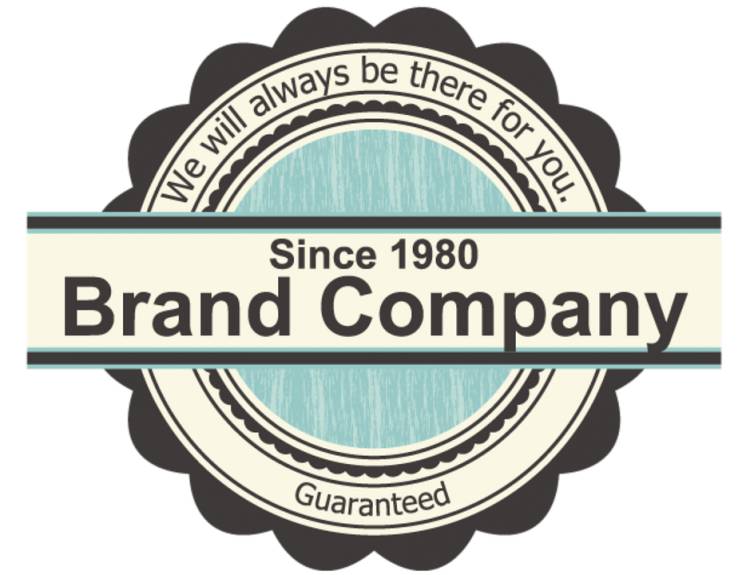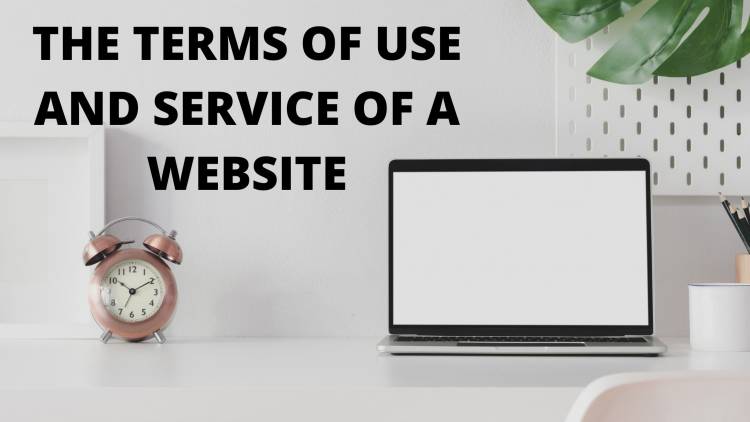Important Customer Retention Metrics in Startup
Retaining existing consumers is frequently less expensive and easier than obtaining new ones, as acquiring new ones will need significant marketing, advertising, and incentive expenses. This is when client retention becomes useful. It is the process of encouraging customers to stay conducting business, so keeping them from leaving or moving to a rival. To retain a customer, businesses must keep their current consumers happy and pleased so that they continue to use the services provided by the business. Long-term consumers become ambassadors for their businesses by endorsing the products or services as a powerful marketing channel. Moreover, these customers provide valuable feedback which in turn will help the businesses to refine their offering as per the needs of the customers. A strong base of recurring customers leads to more predictable income streams, allowing for better financial forecasting, planning, and investment. High client retention sets a company apart from its competitor

Abstract
This research paper will look into the
Keywords: Customer Retention,
Customer retention: "Enhancing Customer Loyalty"
Retention rate is an important indicator that indicates the percentage of customers that repurchase a product or service after the first use. It is critical to determine whether or not businesses are successfully retaining new clients. It is critical for both start-ups and established businesses to compute this amount. High retention implies that businesses are performing well and are active in customer satisfaction and engagement through the services they provide, whereas a low retention rate suggests poor business performance, particularly in terms of customer engagement and satisfaction. These repeat purchases demonstrate the clients' devotion to the business. It is extremely difficult for start-ups to retain customers since they are new to the market and are still developing their products and services, resulting in a poor retention rate when compared to established businesses. Furthermore, due to the restricted funding available to start-ups, they are unable to spend in customer acquisition activities such as advertising. Businesses that focus on client retention may develop a loyal customer base, increase repeat sales, and achieve long-term success.
How can businesses improve their Customer retention rates?
Improving client retention rates is critical to the success of any business, particularly SaaS. A comprehensive approach is needed to improve the customer journey, from onboarding to ongoing engagement. This approach can help build trust, demonstrate value, and guide users towards desired outcomes with the product/service. Businesses may make the onboarding process more hands-on and personalised, ensuring that new clients feel supported and empowered right away. Another technique for enhancing customer retention is to identify and analyse measures related with potential churn, such as deteriorating MRR or low customer LTV, so that firms may proactively address underlying issues and reduce the risk of customer attrition. Another strategy for improving customer retention is to actively request and act on feedback. This allows firms to demonstrate a commitment to customer-centricity while also continually refining their products and services to better suit consumer demands.
Furthermore, proactive engagement with inactive customers is a good method for increasing retention. Businesses may demonstrate their continued commitment to customer success by contacting consumers who have lapsed in their use or involvement. This provides an opportunity to resolve any worries or difficulties the consumer may have, rekindling their enthusiasm in the product or service.
How to measure Customer Retention?
To achieve the goal customer retention effectively it is crucial to track and analyse various customer retention metrics-
1. Customer Retention Rate (CRR)- It is necessary to determine how successfully your customer retention efforts are paying off. It shows how effective your efforts are at keeping consumers engaged and satisfied, and it may help businesses understand where they need to improve by allowing them to modify their retention strategy appropriately. A high CRR indicates that the customers value your items.
2. Customer Churn Rate (CCR)- Customer churn rate helps identify customers who are dissatisfied with the goods or services offered by the business and may depart. Using this, businesses may enhance their services while still retaining clients. Predictive modelling tools can assist identify churn risk indicators, allowing for focused retention efforts.
3. Existing Customer Growth Rate- This is a statistic that represents a company's main performance, which is especially important in the SaaS and IT industries. It quantifies the pace at which a firm acquires new consumers or expands its existing customer base over a given time period. This measure is critical in determining a company's market traction, scalability, and overall growth potential. It gives information about the success of marketing and sales methods, product appeal, and customer satisfaction levels. Analysing the growth rate of current customers over time might reveal insights into your company's long-term viability.
4. Loyal Customers- Loyal customers are critical to businesses because they provide a consistent stream of revenue and serve as brand advocates. Businesses may enhance the loyalty of their customers by implementing loyalty programmes, personalised marketing, and great customer service.
5. Time Between Purchases- It is crucial to evaluate the time interval between distinct purchases in order to determine consumer loyalty and engagement. The shorter the period, the better the customer involvement and contentment, whereas the longer the delay, the greater the dissatisfaction.
6. Net Promoter Score (NPS) is a comprehensive measurement of customer loyalty and satisfaction. Promoters are great assets for businesses because they actively promote products or services to others. Analysing NPS data enables firms to discover areas for development and prioritise actions that increase customer experience and loyalty.
7. Average Order Value (AOV) is the average value of transactions, which indicates client purchasing behaviour and preferences. Businesses may boost AOV via upselling, cross-selling, and providing personalised suggestions. Monitoring AOV enables organisations to optimise pricing strategies and marketing activities, resulting in more revenue per client.
Conclusion
In conclusion, we discovered that customer retention metrics which talks about the proportion of consumers that buy a product or service after the initial usage is critical to the success of any business, especially start-ups, as it fosters long-term customer connections and drives sustainable development. Prioritising client retention strategies is critical for any business seeking to maintain a loyal customer base and maximise revenue potential. Metrics like Customer Retention Rate (CRR), Customer Churn Rate (CCR), and Net Promoter Score (NPS) provide vital information on client satisfaction, loyalty, and engagement. Furthermore, measurements such as Average Order Value (AOV) and Time Between Purchases give actionable information for improving the customer experience and optimising marketing efforts. Prioritising client retention metrics allows firms to lay a solid basis for long-term success, develop customer loyalty, and differentiate themselves in the market. Finally, a focus on customer retention not only increases income but also positions start-ups as trustworthy brands with a devoted client base, opening the road for long-term profitability and market leadership.












